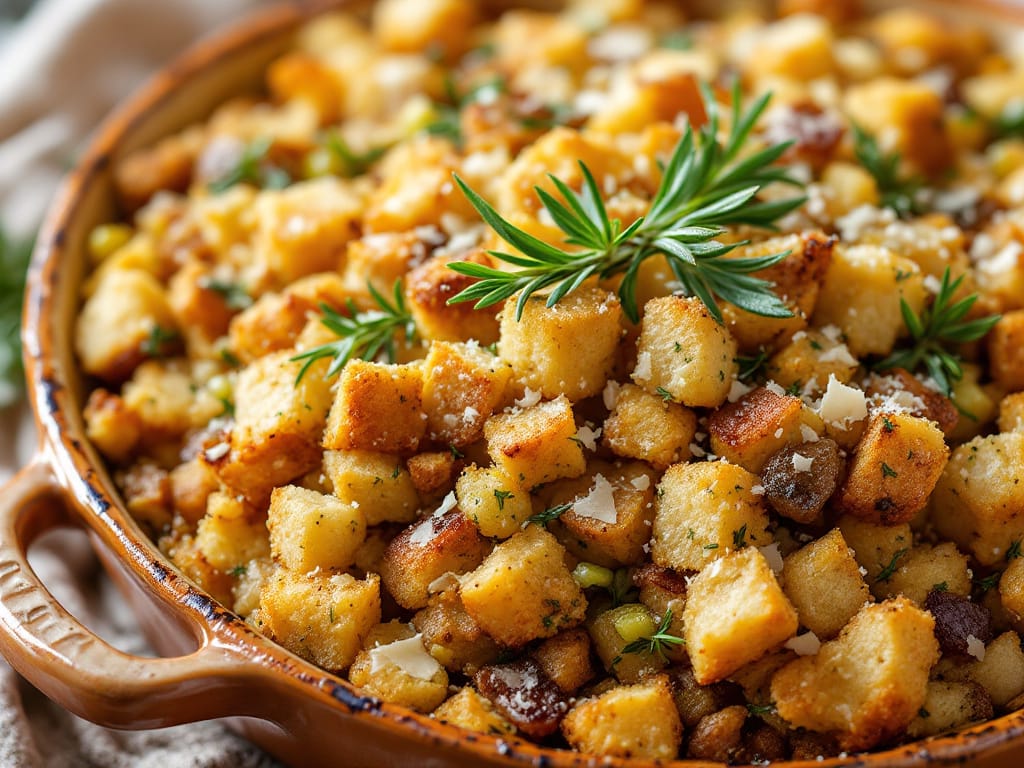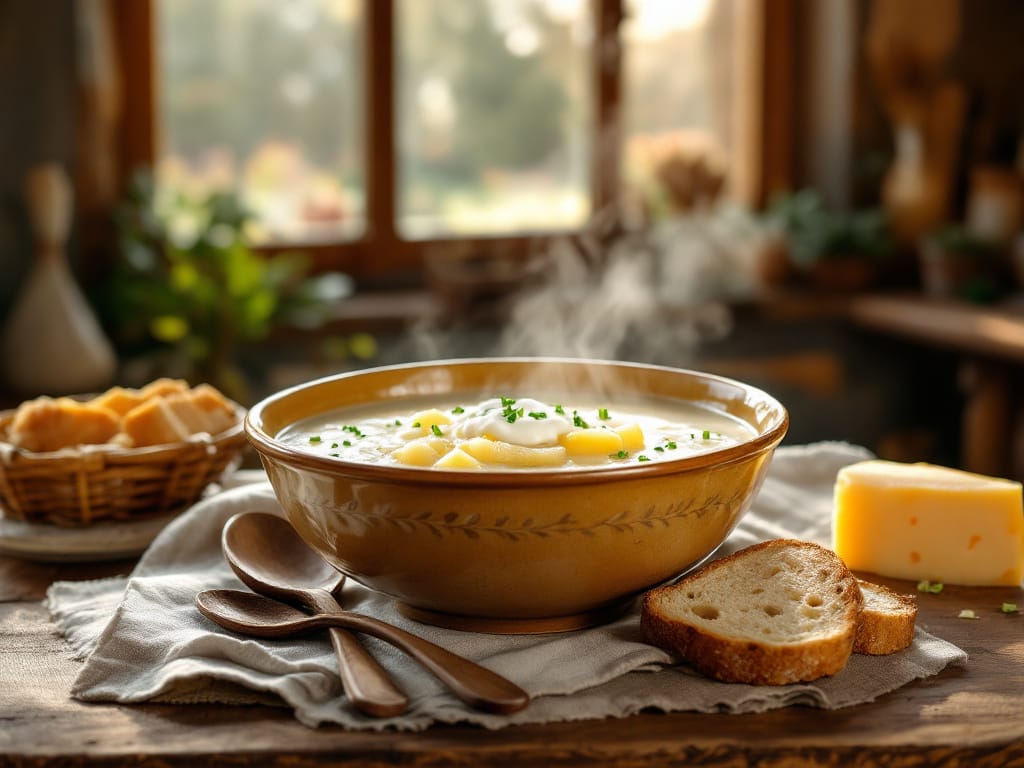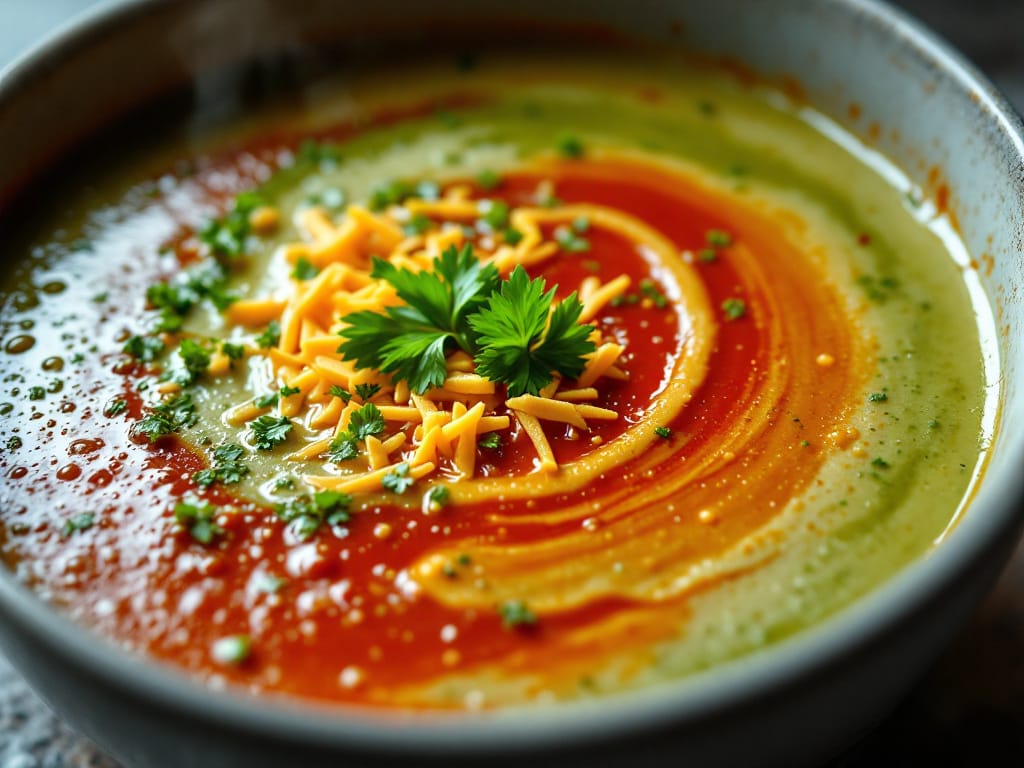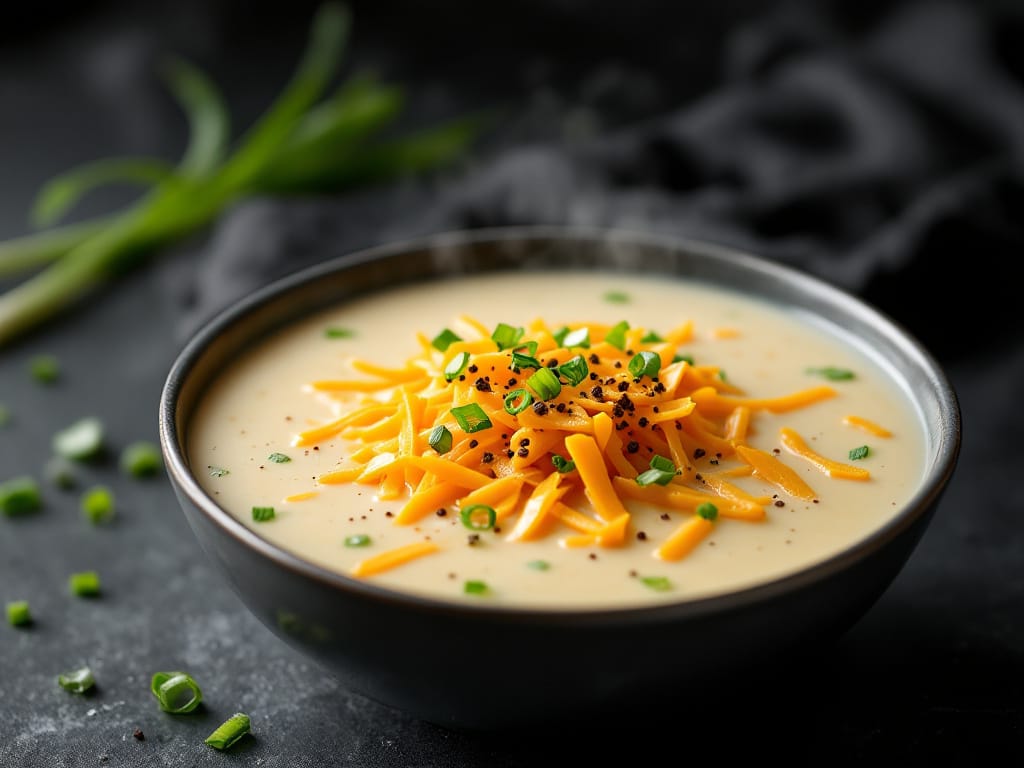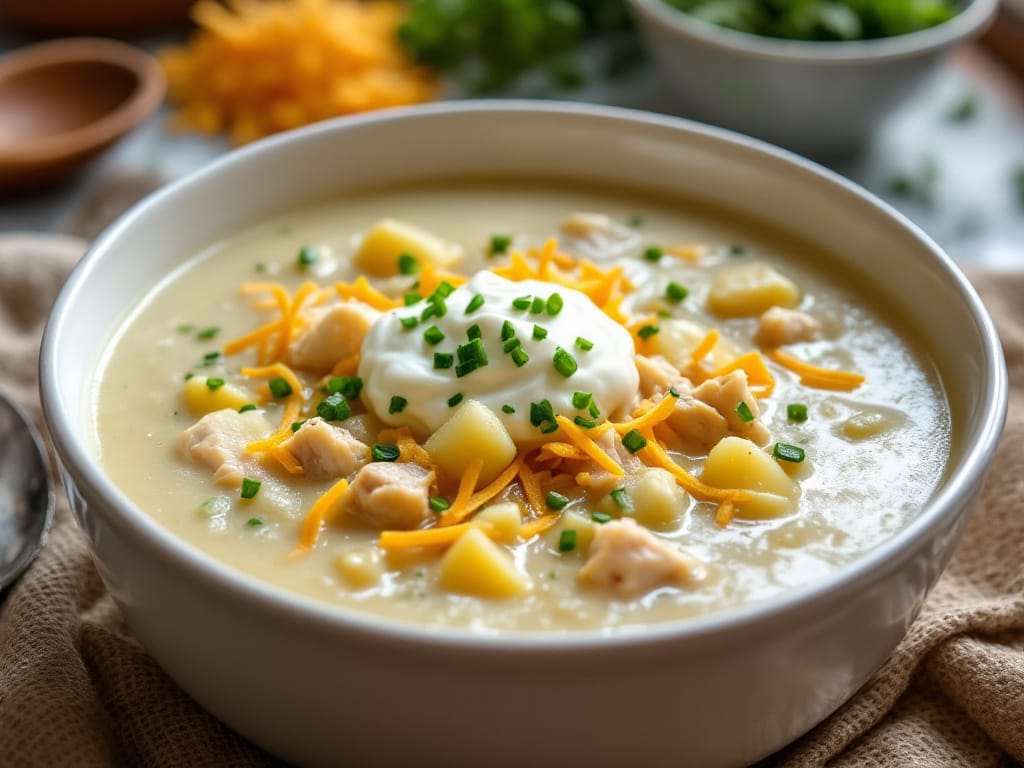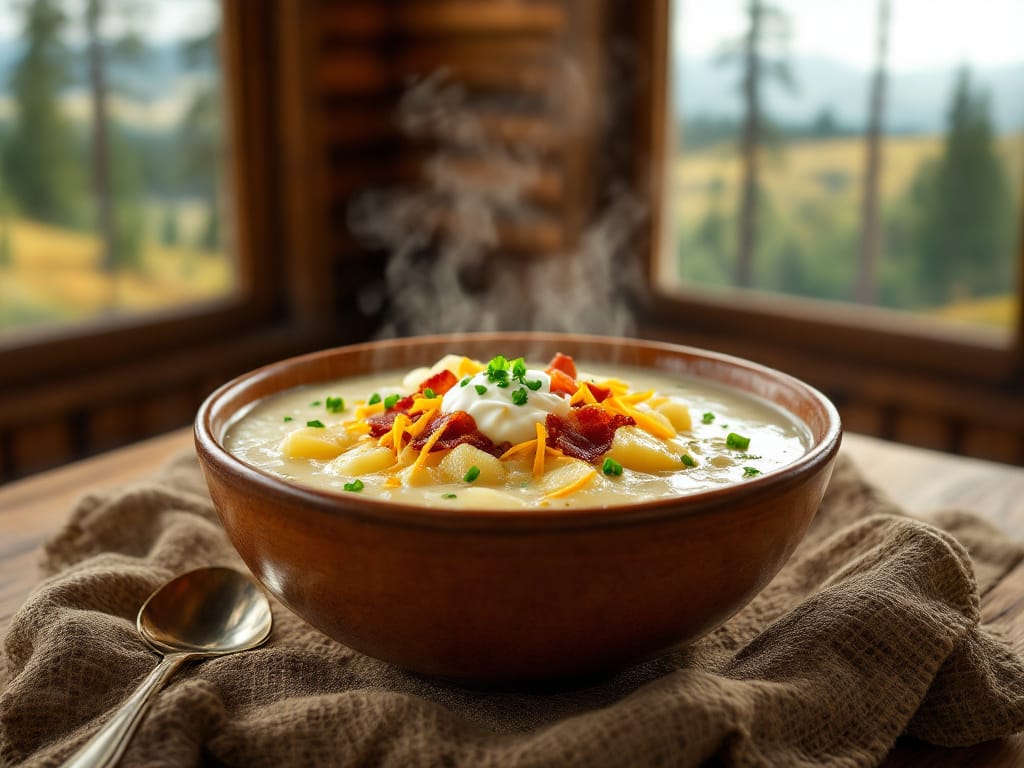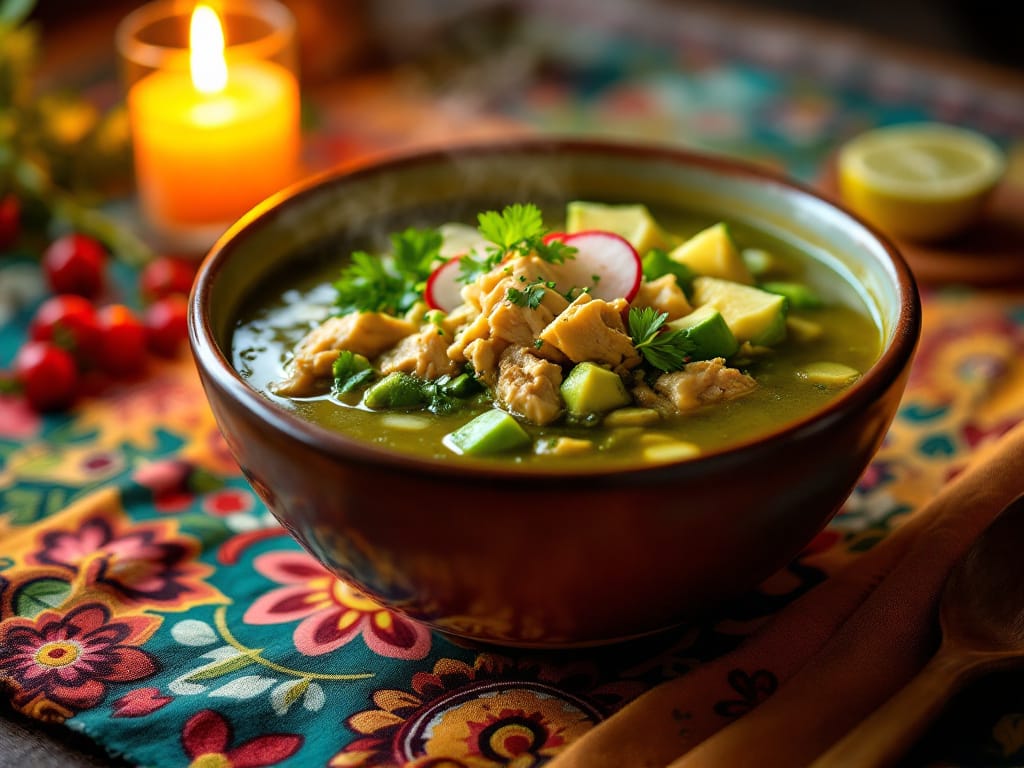Herb stuffing, a beloved side dish, has been a staple of festive gatherings for centuries, especially during Thanksgiving. At its core, the dish combines bread cubes, fresh herbs, butter, and stock, baked to perfection. While its origins trace back to medieval Europe, it has evolved over time, adapting to various cultures and culinary styles. Consequently, herb stuffing remains a versatile addition to holiday meals.
During Thanksgiving, herb stuffing plays a vital role alongside roast turkey. Not only does it complement the meal with its hearty flavors, but it also encapsulates the comforting and aromatic spirit of the season. Moreover, families often customize their recipes with unique additions such as nuts, cranberries, or regional spices, creating a dish that feels personal and cherished.
The Significance of Fresh Herbs
Fresh herbs are essential for crafting an exceptional herb stuffing. Unlike dried herbs, they provide vibrant flavors and aromas, elevating the dish.
- Flavor: Fresh herbs like sage, rosemary, and parsley enhance the dish with their earthy, woody, and bright notes.
- Aroma: As they cook, these herbs release oils that fill the kitchen with delightful scents.
- Health Benefits: Additionally, fresh herbs are rich in antioxidants, vitamins, and anti-inflammatory compounds, offering a nutritional boost.
For a well-balanced flavor profile, commonly used herbs include:
- Parsley for a bright, slightly peppery note.
- Sage, offering warmth and earthiness.
- Rosemary, which adds a woody and aromatic touch.
- Thyme, subtle and minty.
- Chives, imparting a mild onion-like flavor.
By combining these herbs, you can achieve a rich, aromatic stuffing that’s sure to impress.
Tools and Ingredients You’ll Need
Proper preparation requires the right tools and ingredients, which streamline the cooking process.
Essential Tools:
- Mixing bowls for combining the ingredients.
- A sharp knife to chop herbs and vegetables finely.
- A baking dish to ensure even cooking and a golden crust.
Key Ingredients:
- Bread Cubes: Crusty bread varieties, such as sourdough or French loaf, work best.
- Butter: Adds richness and binds the flavors together.
- Stock (Vegetable or Chicken): Keeps the stuffing moist and flavorful.
- Fresh Herbs: The cornerstone of the dish, providing aromatic quality.
Optional Additions:
- Nuts like pecans or walnuts for crunch.
- Cranberries for a sweet, tangy contrast.
- Mushrooms to deepen the earthy flavor.
Preparing these essentials ensures you’re set up for a smooth cooking experience.
Classic Herb Stuffing Recipe
Here’s a simple recipe that captures the classic flavors of herb stuffing.
Ingredients:
- 8 cups bread cubes (sourdough or French loaf recommended)
- 4 tbsp butter
- 1 cup diced onion
- 1 cup diced celery
- 3 cloves garlic, minced
- 2 cups vegetable or chicken stock
- 2 tbsp each of fresh parsley, sage, rosemary, and thyme (finely chopped)
- Salt and pepper to taste
Instructions:
- Toast the Bread: Spread bread cubes on a baking sheet and bake at 300°F (150°C) for 15–20 minutes until crispy.
- Sauté the Aromatics: Melt butter in a skillet. Add onion, celery, and garlic, cooking until soft and fragrant.
- Combine Ingredients: In a large bowl, mix the toasted bread cubes with sautéed vegetables and herbs. Add salt and pepper to taste.
- Add Stock Gradually: Stir in stock a little at a time until the mixture is moist but not soggy.
- Bake: Transfer the mixture to a greased baking dish. Cover with foil and bake at 375°F (190°C) for 25 minutes. Remove the foil and bake for an additional 10–15 minutes to create a crispy top.
Cooking Tips:
- Use stale bread for better texture and absorption.
- Gradually add stock to avoid overly soggy stuffing.
- Allow the dish to rest for a few minutes after baking to let the flavors meld.
To explore another way ofHerb Stuffing, try this Homemade Stuffing Recipe for a diner.
Variations for Every Taste
For those looking to try something new, herb stuffing offers endless possibilities.
- Southern Cornbread Stuffing: Replace bread cubes with crumbled cornbread for a sweeter, heartier base. Add crumbled sausage or jalapeños for extra flavor.
- Mediterranean-Inspired Stuffing: Include sun-dried tomatoes, olives, and feta cheese. Use oregano and basil for a zesty Mediterranean twist.
Each variation highlights the versatility of herb stuffing, making it adaptable to different cuisines and preferences.
Dietary Adaptations
Herb stuffing can easily be modified to suit various dietary needs.
- Gluten-Free: Substitute bread cubes with gluten-free bread or grains like quinoa.
- Vegan Options: Replace butter with olive oil or vegan butter and use vegetable stock. For added depth, include roasted squash or mushrooms.
These adaptations ensure everyone at the table can enjoy this festive dish.
Mistakes to Avoid
Although herb stuffing is simple to make, certain mistakes can detract from the final result. For example:
- Soggy Texture: Over-soaking bread cubes or adding too much stock can ruin the consistency.
- Bland Flavor: Skimping on herbs and seasoning diminishes the dish’s vibrancy.
- Uneven Cooking: Baking without covering can lead to dry edges and an undercooked center.
To avoid these issues, add stock gradually, use plenty of fresh herbs, and cover the dish with foil during the initial bake.
Serving Suggestions
Herb stuffing pairs beautifully with a variety of dishes, including roast turkey, beef tenderloin, or roasted vegetables. For a striking presentation:
- Serve it in a decorative baking dish to showcase its golden crust.
- Garnish with fresh herbs, such as rosemary or parsley, for an elegant finish.
Additionally, individual servings in ramekins can add a touch of sophistication to formal dinners.
Creative Uses for Leftovers
Leftover herb stuffing can easily be repurposed into other delicious dishes:
- Stuffing Fritters: Combine stuffing with an egg, shape into patties, and pan-fry until golden.
- Stuffing Casserole: Layer stuffing with vegetables and creamy sauce for a hearty bake.
- Stuffing Soup: Stir leftover stuffing into a soup for added flavor and texture.
Storage Tips:
- Refrigerate leftovers in an airtight container for up to three days.
- For longer storage, freeze in portions for up to one month.
Reheating in the oven with a splash of stock restores its moisture and freshness.
Nutritional Benefits
Herb stuffing can be nutritious when prepared thoughtfully. For example:
- Fresh Herbs: Provide antioxidants, vitamins, and anti-inflammatory properties.
- Whole-Grain Bread: Adds fiber for improved heart health.
- Healthy Substitutions: Using olive oil and vegetable stock reduces fat and calories.
By incorporating wholesome ingredients, herb stuffing becomes both delicious and nourishing.
Final Thoughts
Herb stuffing is more than a side dish—it’s a symbol of tradition, comfort, and creativity. Whether you stick to the classic recipe, experiment with regional twists, or adapt it for dietary needs, this dish will surely be a highlight of your holiday table. With these tips and ideas, your herb stuffing will be as memorable as the moments it accompanies.

